|
The
Louvre Museum
Rick Archer,
May 2007
|
| |
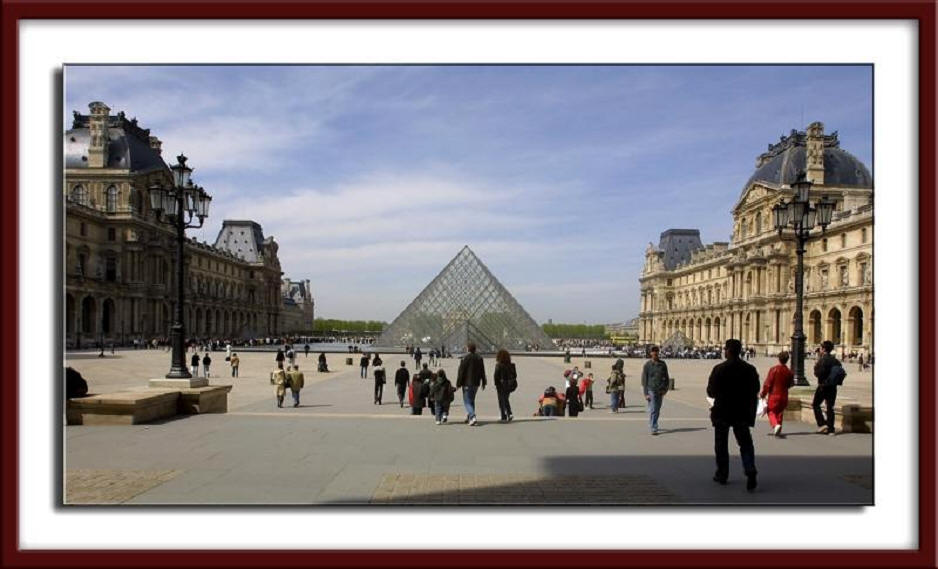 |
|
INTRODUCTION
In January 2007, a friend named Gary
Richardson emailed a Power Point document to me. The
presentation was amazing. It contained 48 stunning
photographs of the Louvre Museum and the famous
works of art displayed there.
The photography so wonderful that I decided I wanted to
share the photographs. Thus this page was created.
Located in Paris,
the Louvre is one of the
largest palaces in the world and, as a former residence of
the kings of France, one of the most illustrious. It
exemplifies traditional French architecture since the
Renaissance, and it houses a magnificent collection of
ancient and Western art
|
|
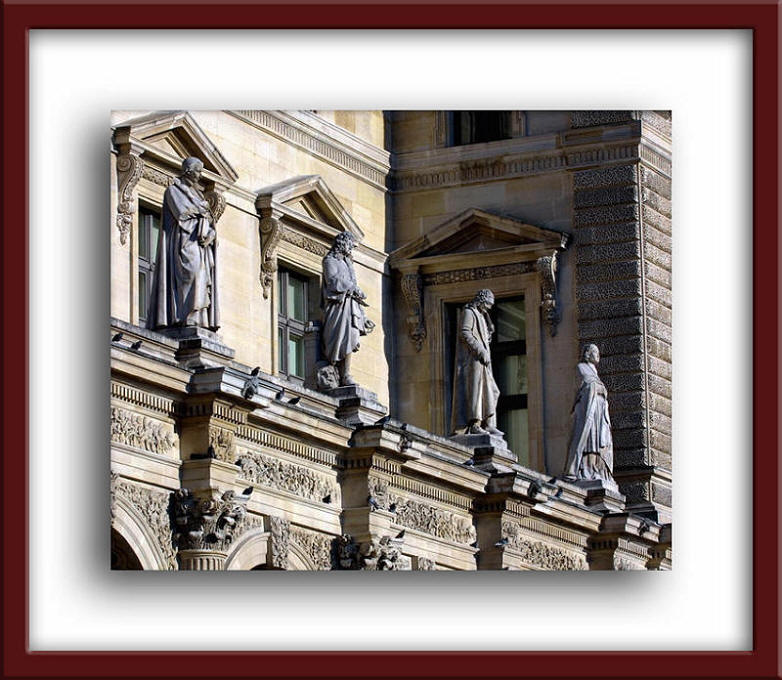 |
INTRODUCTION
continued
The Louvre was originally built
in the 12th century as a royal castle to help defend Paris
against Viking, Norman, and English attacks. It went through
many metamorphoses until it was finally opened as a museum
of art in 1793 shortly after the end of the French
Revolution. The complex of buildings was turned over
entirely to art and culture in 1882, when the Tuileries (the
Palace of the French monarchy) was demolished. The Louvre
became one of the world's largest and most popular art
galleries and museums, housing masterpieces like Leonardo da
Vinci's Mona Lisa, the
Venus de Milo, the
Winged Victory of Samothrace
and Whistler's Mother.
|
|
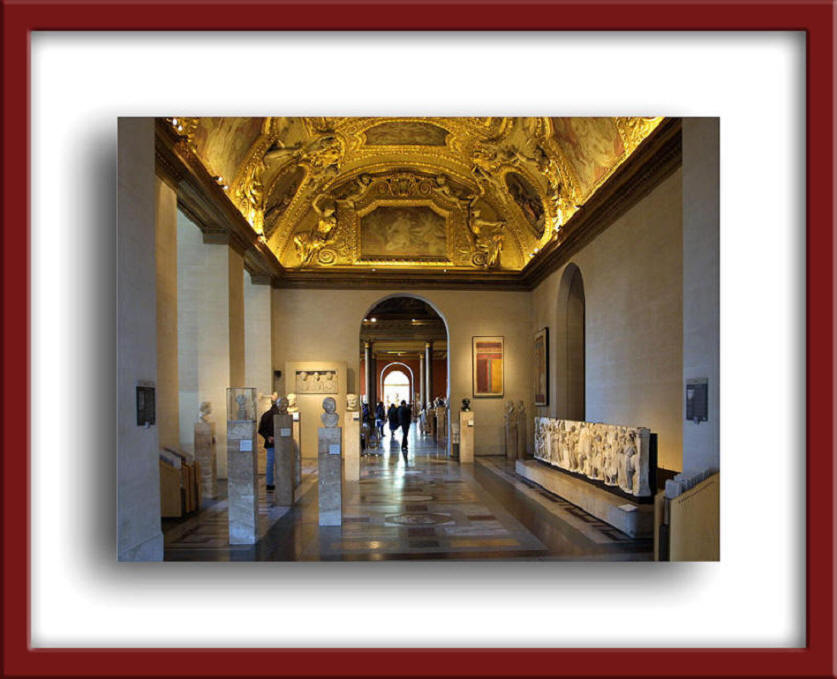 |
HISTORY
The museum building was
originally a royal fortress and palace built by
Philip II in the late 12th century.
In 1546 Pierre Lescot was commissioned by Francis I to erect
a new building on the site of the Louvre. During his reign,
several paintings by Leonardo, including the Mona Lisa, and
works of other Italian masters came into the royal
collections. In 1564, Catherine de' Medici commissioned
Philibert Delorme to build a residence at the Tuileries and
to connect it to the Louvre by a long gallery. The Grande
Galerie was completed in 1606 under Henri IV.
While Cardinal Richelieu collected art with state funds,
work on the buildings was continued under Louis XIII.
Lescot's architectural designs were expanded by Jacques
Lemercier in 1624, and under Louis XIV the magnificent
colonnade was brought to completion (1670) by Louis Le Vau
and Claude Perrault. In 1750 part of the royal collections
was put on view in the Luxembourg palace. In 1793 the Musée
Central des Arts was created by decree and the Grande
Galerie of the Louvre was officially opened. For many years
the area beneath the Grande Galerie served as artists'
studios and workshops.
|
|
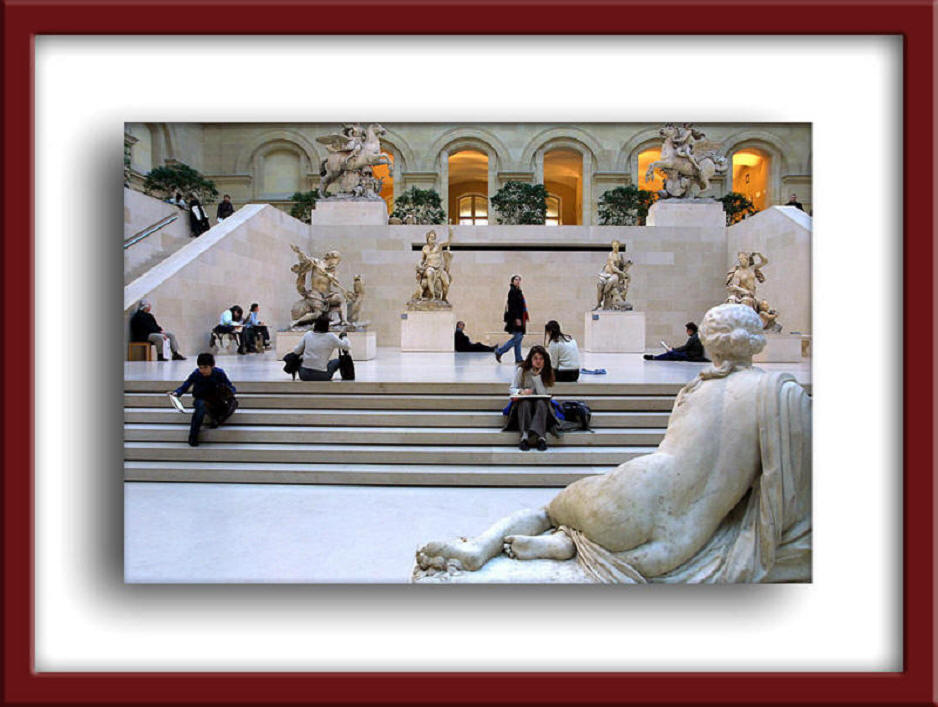 |
HISTORY
continued
Napoleon I added vastly to its collections by his conquests,
and in 1803 the museum was proclaimed the Musée Napoléon.
Many famous works were returned after his downfall. The
grand architectural scheme of the Louvre was completed by
Napoleon III. The museum is famous for its enormous
collection of Greek, Roman, and Egyptian antiquities, and
for its superb old masters, a collection especially rich in
works by Rembrandt, Rubens, Titian, and Leonardo. Its most
famous sculptures include the Nike, or Victory, of
Samothrace and the Venus of Milo. A part of the museum
building houses the Museum of Decorative Arts, a private
institution.
In 1984 excavations began for the gradual expansion of the
Louvre underground; construction was completed in 1993. A
glass pyramid, designed by I. M. Pei and opened in 1989,
sits atop the entrance to this new space. At first the
pyramid caused considerable controversy between critics who
considered it a defacement of the museum and those who
judged it a continuation of the eclecticism of Parisian
architecture; it has since become a nearly universally
acclaimed landmark. Pei has also overseen the extensive
renovations and expansions of exhibition space that have
continued through the 1990s.
|
|
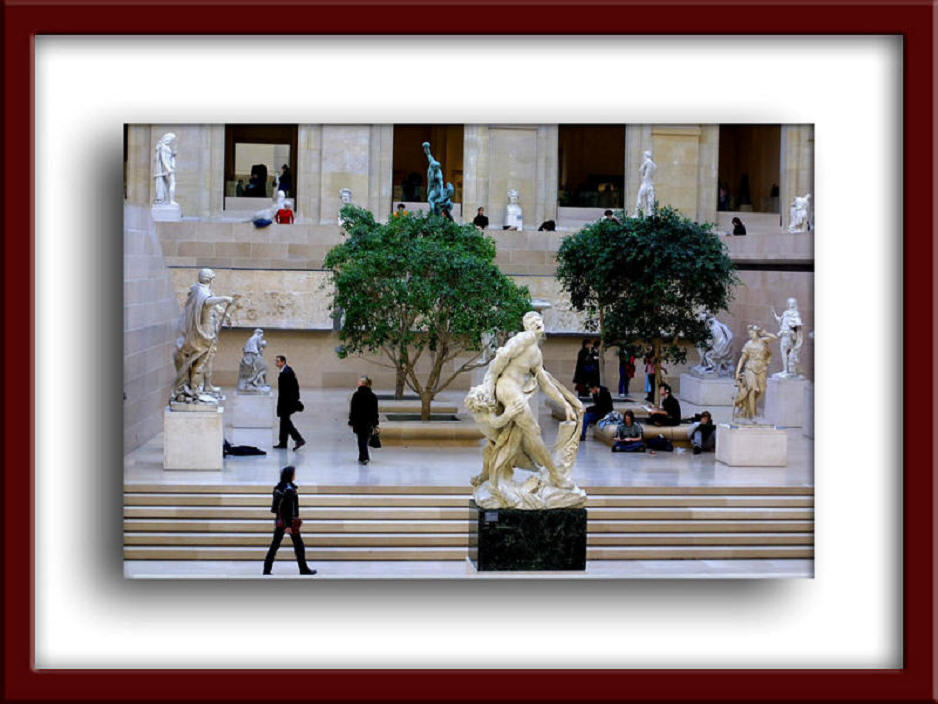 |
THE DA VINCI CODE
EFFECT
Thanks to
the Da
Vinci Code, Louvre Museum Experiences Record Year in 2006
PARIS, Jan. 3, 2006
(AP) The Louvre Museum in Paris had a record number of
visitors in 2005, with successful soirees for young people,
crowd-pleasing exhibitions and promotion from "The
Da Vinci Code," a top administrator said Tuesday.
About 7.3 million people visited the art museum in 2005, up
from 6.7 million in 2004 — the previous record — general
administrator Didier Selles told The Associated Press.
Definitive 2005 figures are expected in coming weeks.
Selles said Dan Brown's mystical thriller "The Da Vinci
Code" was in part responsible for drawing fans to the
Louvre, though likely "not in gigantic proportions." Some
travel companies offer "Da Vinci Code" tours that make stops
at the Louvre.
|
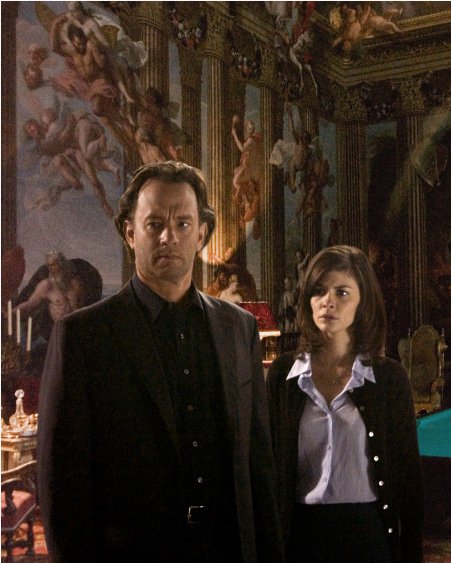 |
The museum expects more dramatic results starting this
spring, when Oscar-winning director Ron Howard's movie based
on the novel debuts.
"There is perhaps a 'Da Vinci Code' effect, but in my
opinion it will be truly stronger when the film comes out,"
Selles said in a telephone interview.
|
|
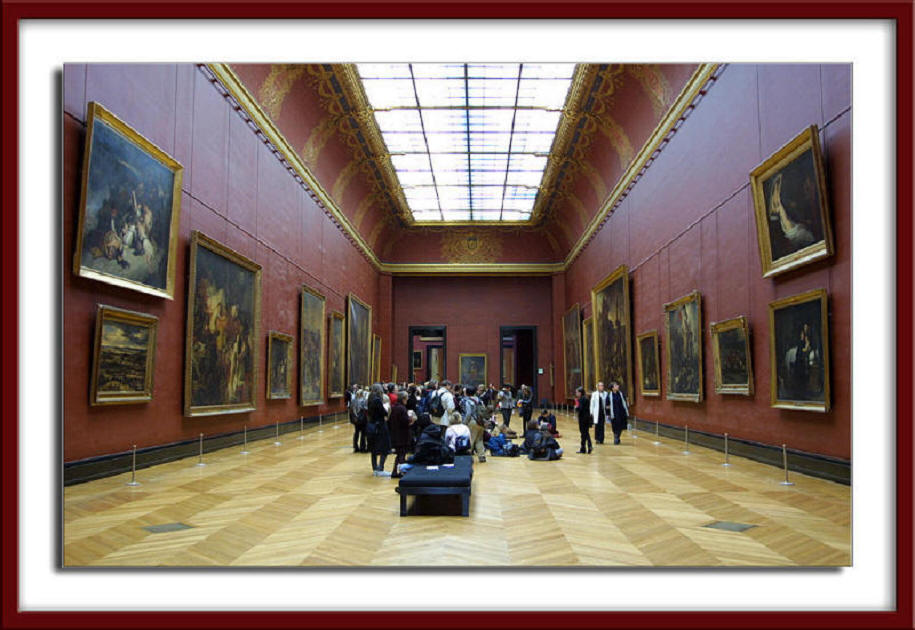 |
THE DA VINCI CODE continued
The movie stars Tom Hanks and Audrey Tautou, and was shot
partly in the Louvre. In one of the story line's opening
scenes, the Louvre curator is murdered and discovered naked,
arms and legs outstretched, with a five-pointed star drawn
on his chest in blood. The murder leads to the search for
the so-called Da Vinci code.
"The movie's producers are considering hosting the European
premiere for the film at the Louvre, but they also might opt
for the Cannes Film Festival in May", Selles said.
Another factor in the booming attendance
was Friday night soirees that are free for those under age
26. The Louvre also made efforts to cut down on waits for
visitors.
|
|
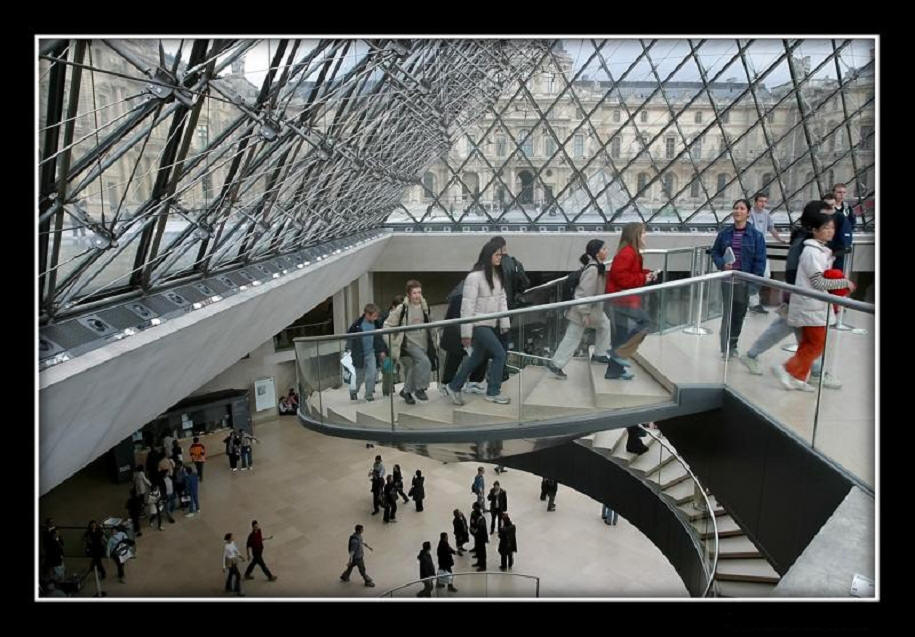 |
THE DA VINCI CODE continued
"It is rare today, except in very, very crowded periods, to
have to wait more than 15 minutes to get into the museum,
with (lines for) the coatroom included," Selles said. More
galleries have also been opened up to the public. In 2001,
25 percent of the Louvre's rooms were closed, compared to 13
percent now.
Two successful exhibits in 2005 included a show on
Romanesque art from France, which drew 205,000 visitors, and
a retrospective on the Romantic painter Anne-Louis Girodet,
which brought in 150,000 people and is traveling next to the
Art Institute of Chicago, the Metropolitan Museum of Art in
New York and the Montreal Museum of Fine Arts.
"About one-fourth of everyone who visits Paris makes a stop
at the Louvre", Selles said. One-third of the visitors to
the Louvre are
French, and Americans are next, at about 18-20 percent.
In 2004, Chinese tourists made up 4 percent of visitors — ahead of the Japanese
for the first time, who made up 3.5 percent.
|
|
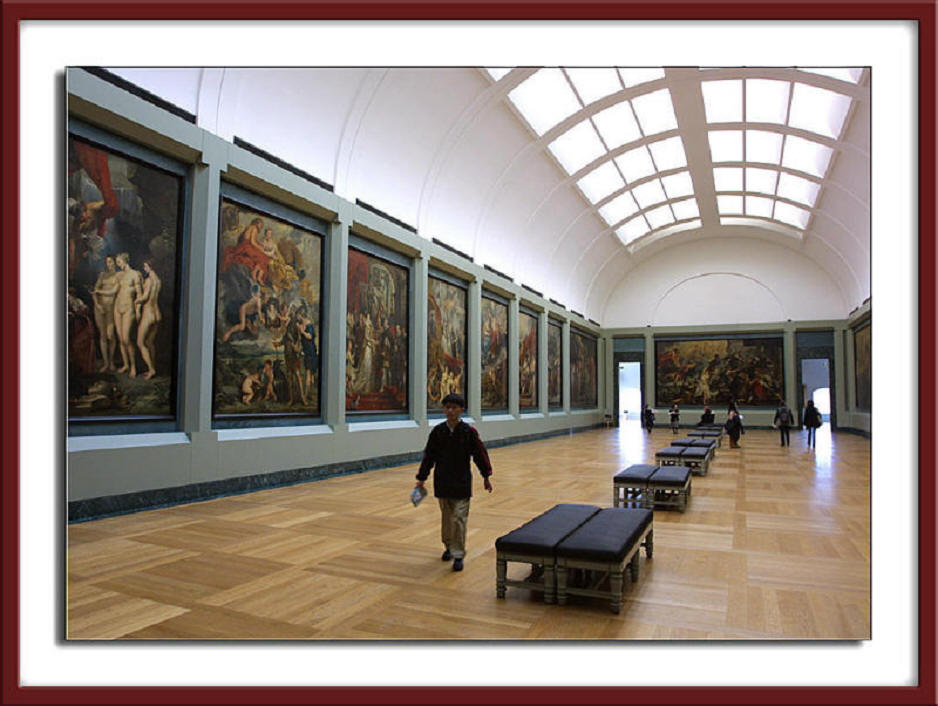 |
RICK NEEDS YOUR HELP!
We are about to view displaying many of the Louvre paintings and
sculptures.
The Power Point presentation did not offer names.
Therefore
I did have a clue who drew most of these paintings when I
created this page. I spent a
couple hours on the Internet looking for thumbnails of
the treasures at the Louvre, but didn't have much luck.
I was only able to track down a few.
However, as I poked around, I was able to realize just how famous some of these paintings are.
I imagine people with more knowledge of the art world might be able to help.
So let's make a game of it.
If one of you art majors manages to spot a few, please tell me
their names! I would be most appreciative. In
addition, I
will add your name beside the painting/sculpture that you
were able to identify for me.
Rick Archer
dance@ssqq.com
Please note I have put numbers next to each painting; don't
forget to add them when you email me.
April 2011 Update:
Many
Thanks to the following seven people who have
contributed titles that were missing:
1. Lourdes Fernandez, July 2007
2. Rebecca, July 2007
3. Jan Davis, September 2007
4. Olga Milner, October 2007
5. Anna Anderson, July 2010 and February 2011 (5
more titles!)
6. Trevor Robinson, December 2010
7. Meghan Martinez, April 2011
|
|
|
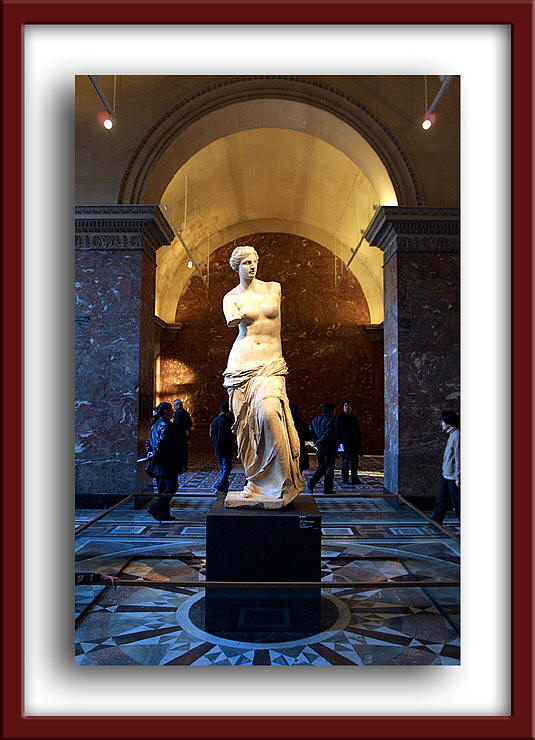 |
001. The Aphrodite of Milos,
better known as the Venus de Milo,
is an ancient Greek statue and one of the most famous works
of ancient Greek sculpture.
It is believed to depict Aphrodite (called Venus by the
Romans), the Greek goddess of love and beauty. It is a
marble sculpture, slightly larger than life size at 203 cm
(80 inches) high. Its arms and original plinth have been
lost. From an inscription on its now-lost plinth, it is
thought to be the work of Alexandros of Antioch; it was
earlier mistakenly attributed to the master sculptor
Praxiteles.
It is at present on display at the Louvre Museum in Paris.
The statue was discovered in 1820 inside a buried niche
within the ancient city ruins of Milos on the Aegean island
of the same name, also called Melos or Milo, by a peasant
named Yorgos Kentrotas.
The statue's great fame in the 19th century was not simply
the result of its admitted beauty, but also owed much to a
major propaganda effort by the French authorities. In 1815
France had returned the Medici Venus to the Italians after
it had been looted from Italy by Napoleon Bonaparte. The
Medici Venus, regarded as one of the finest Classical
sculptures in existence, caused the French to consciously
promote the Venus de Milo as a greater treasure than that
which they had recently lost. It was duly praised by artists
and critics as the epitome of graceful female beauty.
|
|
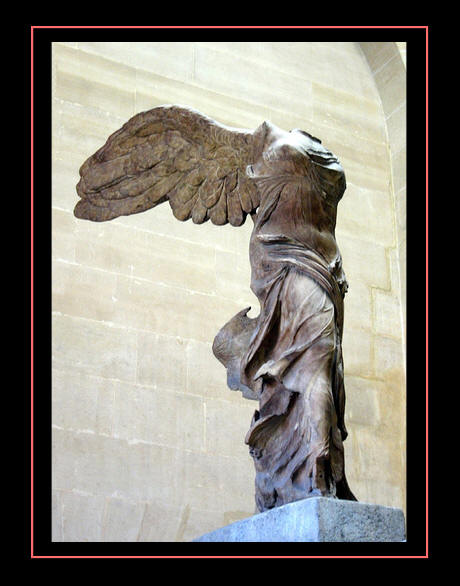 |
002. The Winged Victory of Samothrace,
also called Nike of Samothrace, is a marble sculpture of
the Greek goddess Nike (Victory).
It was discovered in April 1863 on the island of
Samothrace by the French consul and amateur archaeologist
Charles Champoiseau. The statue was sent to Paris the same
year, and since 1884 has dominated the Daru staircase
displayed in the Louvre. Simultaneously
a plaster replica stands in
the museum at the original location of the Sanctuary of the
Great Gods on Samothrace.
The Victory is one of the great surviving masterpieces of
sculpture from the Hellenistic period, despite the fact that
the figure is significantly damaged, missing its head and
outstretched arms. By an unknown artist, (presumably Rhodian
in origin), the sculpture is thought to date from the period
220 to 190 BC. Champoiseau, when he first published the
Victory considered that it was erected by the Macedonian
general Demetrius I Poliorcetes after his naval victory at
Cyprus between 295 and 289 BC, and the Samothrace
Archaeological Museum continues to follow Champoiseau's
provenance and dates.[3] Ceramic evidence discovered in
recent excavations has revealed that the pedestal was set up
about 200 BC, though some scholars still date it as early as
250 BC or as late as 180.[4] Certainly, the parallels with
figures and drapery from the Pergamon Altar (dated about 170
BC) seem strong.
A partial inscription on the base of the statue includes the
word "Rhodhios" (Rhodes), indicating that the statue was
commissioned to celebrate a naval victory by Rhodes, at that
time the most powerful maritime state in the Aegean. This
would date the statue to 288 BC at the earliest.
|
Next Page:
Louvre II
|
|